What Causes Food Addiction And What Are The Signs
People with food addiction struggle every day with a loss of control or inability to stop eating certain foods. Understanding the causes and signs can help lower your risk.

By Michelle S. Hunt, PsyD, LCADC, Clinical Psychologist, Licensed Clinical Alcohol and Drug Counselor, Virtua Bariatric Weight Loss
People with food addiction struggle every day with a loss of control or inability to stop eating foods that are high in carbohydrates, fat, salt, sugar, or artificial sweeteners. They also suffer from painful feelings of shame and embarrassment when it comes to their food behaviors.
Food addiction is a relatively new topic. But, it’s a complex condition that has similarities to other types of addiction, such as drugs, alcohol, shopping, or gambling. However, help is available.
Understanding the causes and signs of food addiction can help you lower your risk and change potentially problematic behaviors.
What causes food addiction?
Consuming “highly palatable” foods, or foods that are high in carbohydrates, fat, salt, sugar, or artificial sweeteners, triggers the pleasure centers of the brain and releases “feel-good” chemicals such as dopamine and serotonin. These foods affect the same area of the brain as drugs, alcohol, and behaviors such as shopping or gambling.
Highly palatable foods often contain unnatural substances or higher-than-normal levels of natural substances that your body and brain can't process. This results in your body being flooded with “feel-good” chemicals.
To help you hang on to or recreate those good feelings, your body and brain will begin to crave highly palatable foods. And, because your brain will adjust its receptors to compensate for the rush of chemicals, you'll eventually need to consume increasing quantities of highly palatable foods to get the same feel-good reaction.
Who is at risk for food addiction?
Because everyone must eat to survive, anyone can develop food addiction. Overexposure to highly palatable foods can increase your risk of developing a food addiction—and people who are overexposed at a young age are at an even higher risk. People who use food to cope with stress or change their mood are also at a higher risk.
Studies also show that there are genes that put people at a higher-than-average risk of developing any type of addiction. The more “addictive” genes a person has, the more likely they are to struggle with addiction to food, another substance or a behavior.
What are the signs of food addiction?
One of the main signs of food addiction is a loss of control over eating behaviors—especially when it comes to certain highly palatable foods. If you feel like you want to stop but can’t; you eat to the point of feeling sick; or, you feel ashamed or guilty about your eating, you may be suffering from food addiction.
People who suffer from food addiction also may need to eat a large amount of food to feel satisfied, which can lead to weight gain. However, some do maintain a normal weight. It’s also common to experience symptoms of withdrawal when they stop eating a certain food. Withdrawal symptoms include the following:
- Cravings
- Headaches
- Irritability
- Restlessness
Food addiction also can affect your relationships and social life. People with food addiction may have problems at work or school, lose interest in activities they used to enjoy, avoid social events or become isolated from family members and friends.
How do I prevent or overcome food addiction?
Food addiction is difficult to prevent because it’s impossible to avoid food. However, one of the best strategies is to avoid overexposure to palatable foods by eating a healthy, balanced diet that’s rich in natural, unprocessed foods. Eating a balanced diet and understanding the warning signs of food addiction will help you to act quickly if you suspect a problem.
Overcoming food addiction typically involves following the same model that’s used to treat other types of addictions—and you’ll need a solid plan and plenty of support.
- First, you’ll need to detoxify your body by avoiding trigger foods, such as fast food or foods with processed sugar. During this time, you may experience withdrawal symptoms that can range from mild to severe.
- After you detoxify your body, you’ll need to work on changing your eating behaviors. You may need to avoid certain people, places (such as restaurants), situations and foods that intensify cravings or make you more likely to consume the problem food. You also may need to break associations between food and routines or events, such as eating ice cream before bed or having buttery popcorn at the movie theater.
- Other strategies that can help include tracking your food consumption, preplanning your meals and eating mindfully.
Although some people can gradually reintroduce small amounts of problem foods into their diets, other people must avoid them indefinitely to maintain control over their food addiction. You should pay close attention to how your body responds to your problem foods to decide what long-term management strategy is right for you.
If you need professional support to help you lose weight, talk to your primary care physician to see what options may be right for you.
From routine examinations to managing chronic conditions, Virtua primary and specialty care providers are your partners in care. Call 888-847-8823 to make an appointment.
There's So Much More to Explore
Discover expert insights, inspiring stories, health tips, and more by exploring the content below!

Are You Eating Too Much Salt? High-Sodium Foods to Watch For

Caregiving During the Holidays: Ways to Manage Stress and Find Joy

Bioidentical Hormone Replacement Therapy Pellets: Relief for Menopause and Andropause Symptoms

COVID-19 Vaccines and Pregnancy: FAQs

How to Exercise Safely with Asthma: Tips, Triggers, and Rescue Inhaler Use

COMFORTing Tips to Avoid Holiday Heartburn

How to Tell the Difference Between Cold, Flu, and COVID-19

4 Exercise Tips to Help You Reverse High Blood Pressure

How to Bounce Back From Holiday Overeating

Why on Earth Am I Always So Cold?

Daily Wellness Checklist: Simple Habits for Feeling Good Inside and Out

The Best and Worst Foods for Acid Reflux

Foods to Enjoy and Avoid for GLP-1 Heartburn

3 Reasons Why Now's the Time to Find Relief From Varicose Veins

How to Get and Stay Healthy This Fall

How to Reverse Prediabetes and Prevent Type 2 Diabetes

4 Sweet Halloween Tricks for Grown Ups Who have Diabetes

6 Ways to Get More Out of Your Daily Walk
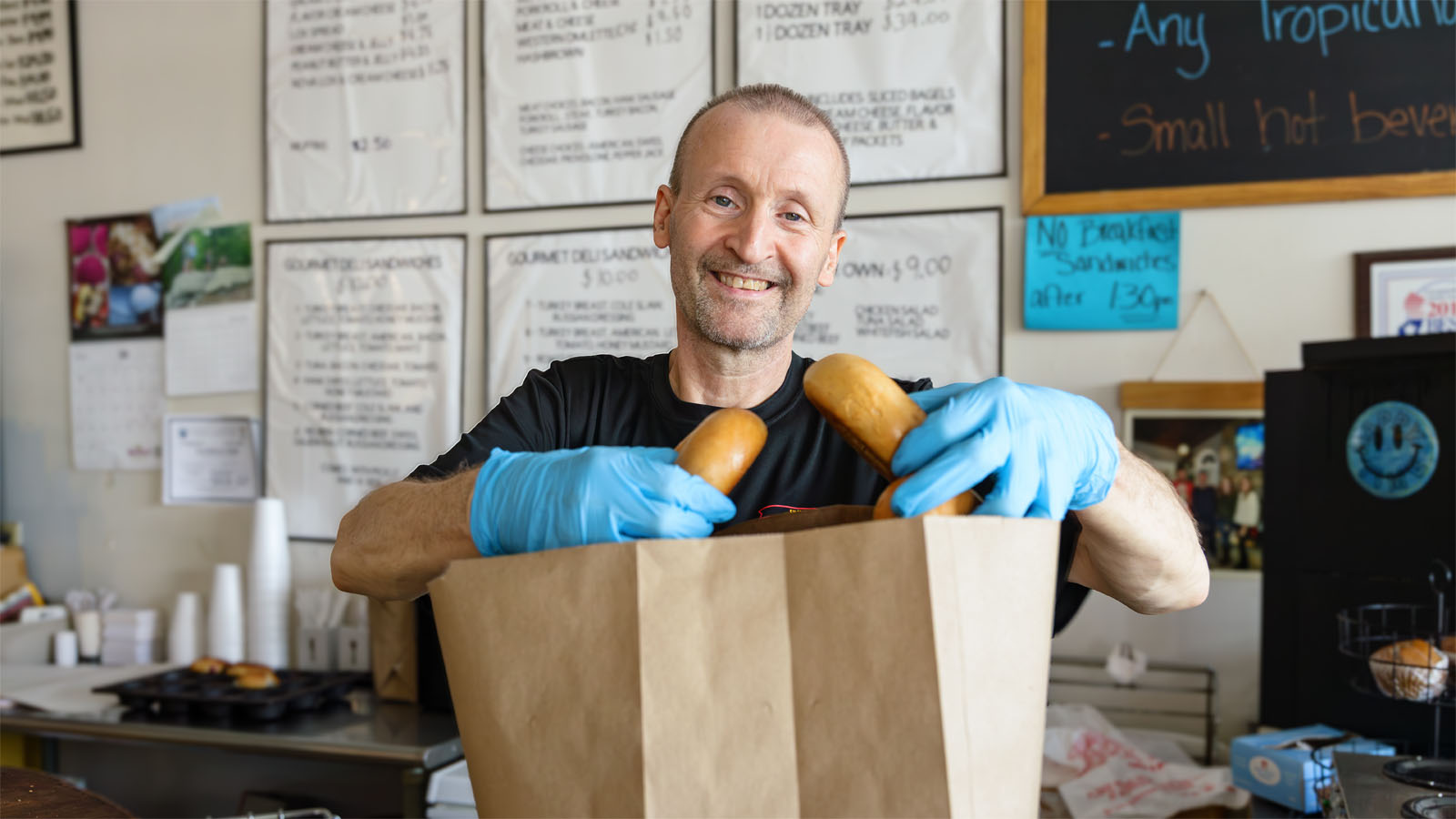
HeartTalk Magazine

Is Cancer Hereditary? What You Need to Know About Your Genetic Risks

Is Your Post-Pregnancy Belly Bulge a Sign of Diastasis Recti?

Fall Vegetables: The Health Benefits and Recipes to Try This Season

Your Guide to Mammograms: When to Get Screened and What to Know

The Top 10 Foods That Boost Your Brain Health

Is It Safe to Exercise During Pregnancy?

Prevent Yard Work Injuries: Tips for Mowing, Gardening, and Raking

Healthy Weight Gain During Pregnancy: A Guide for Moms-to-Be

How to Curb Nighttime Snack Cravings

Is Your Daily Walk Making You Really Sore?

IBS and Alcohol: Can You Still Enjoy a Drink?

Focus on Mental Health Is Key Part of Andrew's Weight-Loss Journey

'Feeling Joy Again': ECT Brain Stimulation Therapy Restores Ashley's Well-Being

3 South Jersey Farmers Markets You Must Visit This Fall

Easy, Healthy Lunch Ideas for the Beach

5 Best Biking Trails In South Jersey

Why Coffee Makes You Poop: A Comprehensive Guide

How to Stay Cool and Prevent Heat Illness All Summer Long

Do Not Get Burned by These Sunscreen Myths

Beat the Bugs and Save Your Summer

How to Have a Healthy Pregnancy if You're Overweight

Why You Get Sick on Vacation (and How to Stay Healthy While Traveling)

6 Hot Tips for a Safer Summer

4 Surprising Health Truths You Should Know

5 Interesting Facts About Your Heart

Is Low Sex Drive Normal? Revealing the Complex Causes of Low Libido in Women

5 Feel-Good Activities to Explore Around South Jersey

Stress Incontinence vs. Urge Incontinence: What's the Difference?

3 Changes You Can Make Today to Lower Your Cancer Risk

A Lung Cancer Screening Could Save Your Life

Take Pride in our Health: Must Dos for LGBTQ+ Preventative Care

Protect Yourself From Tick Bites and Lyme Disease

5 Light and Healthy Recipes Perfect for Spring

10 Quick Ways to De-Stress

4 Ways to Stay Fit and Healthy on a Budget

From Restless to Restful: How Movement Improves Sleep

5 Simple Ways to Spring Clean Your Wellness Routine

How Do You Manage the Side Effects of Weight-Loss Medications?

Which Weight-Loss Option is Best for Me?

Best Foods for Kidney Health

What Causes Food Addiction And What Are The Signs

5 Essential Winter Foot Care Tips When You Have Diabetes
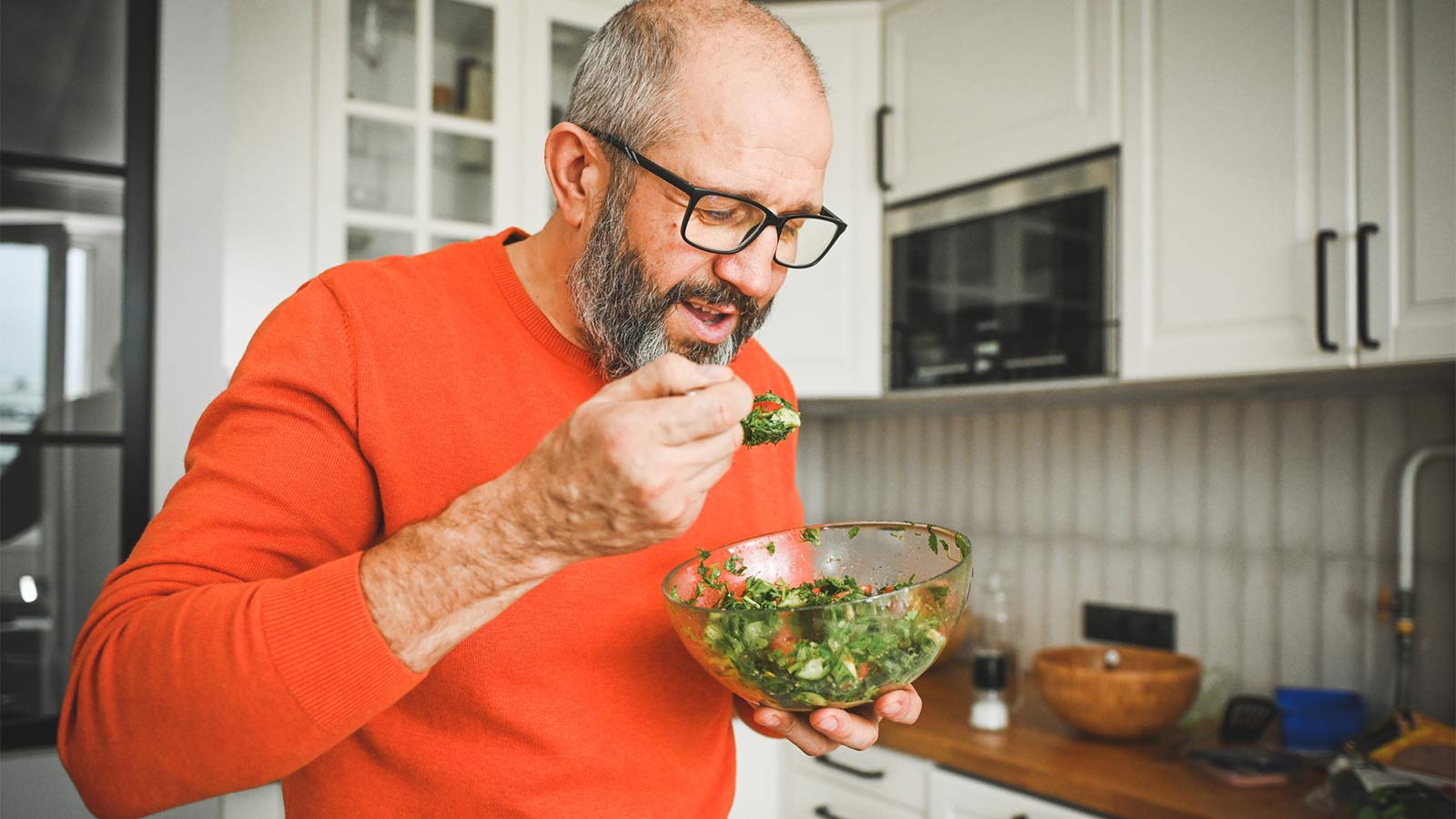
Your 10-Point Plan to Avoid Winter Weight Gain

Be Fast and Spot the Signs of Stroke

Surprising Symptoms May Signal Stroke In Women

8 Key Steps to Better Blood Pressure Control

Gut-Healthy Recipe: Turmeric Chicken With Asparagus

Gut Health Recipe: Chipotle Salmon and Sweet Potato Bowl

5 Back Stretches for the Work-From-Home Workweek

The HPV Vaccine: A Powerful Shield Against Cervical Cancer

How to Prevent and Treat Urinary Tract Infections
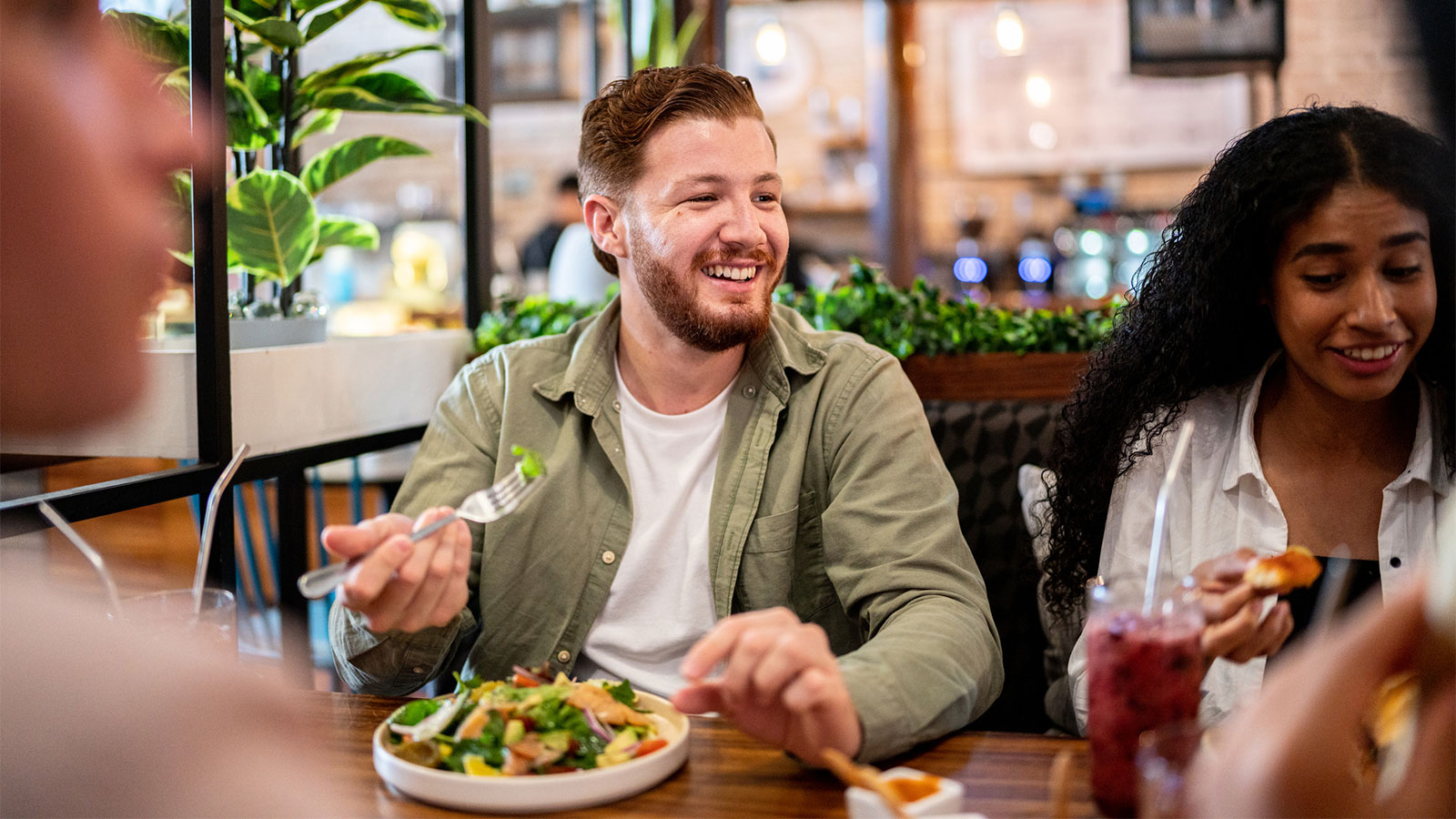
6 Numbers Key to Keeping Your Heart Healthy
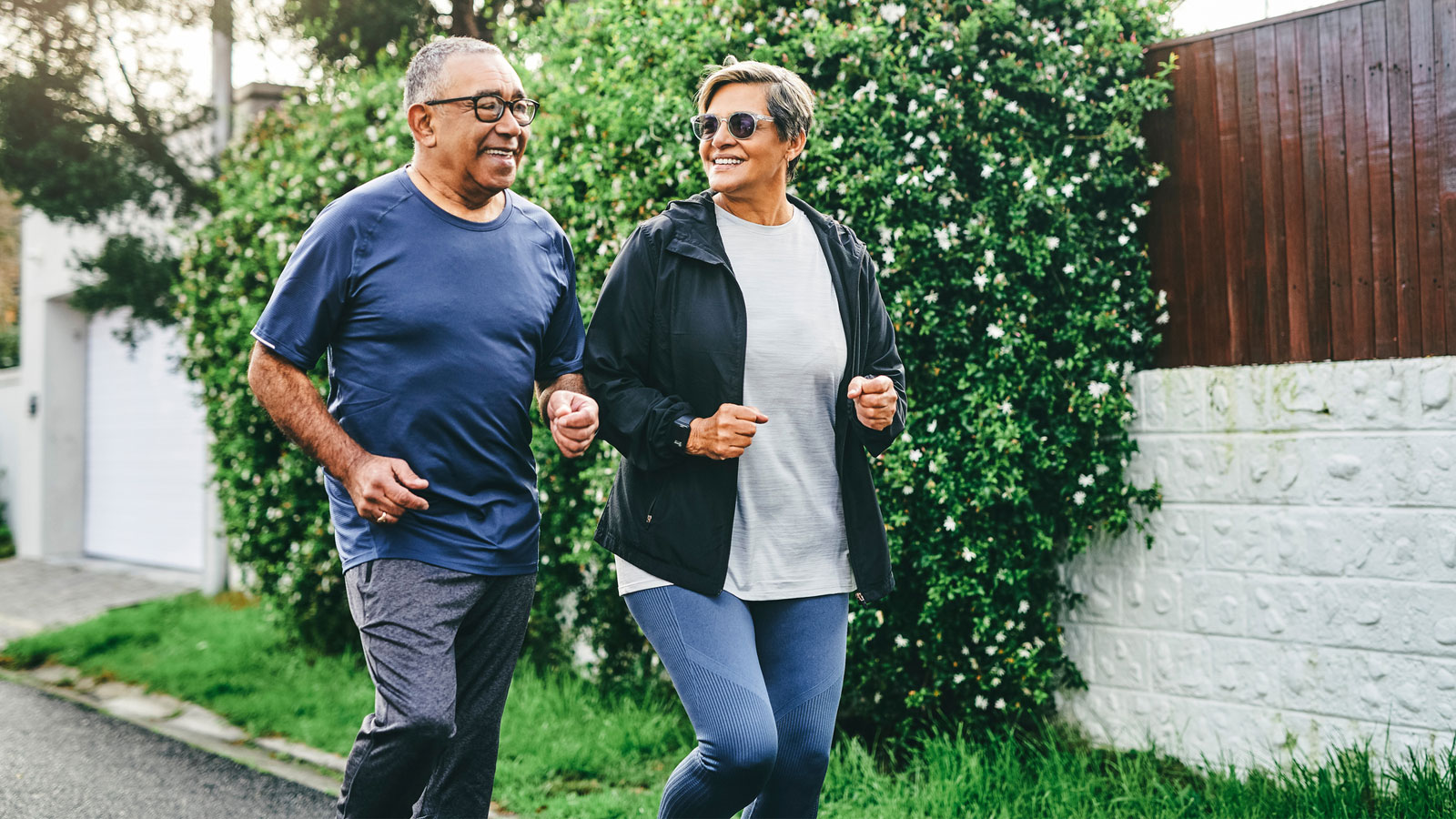
4 Easy Ways to Treat and Prevent Runner's Knee

What is the 80/20 Diet Rule?

Five Mindfulness Tips That Can Help Heal Your Heart
Working from Home? Take a Quick Break to Stretch Your Wrists

Love Your Heart: Essential Care Tips for Every Stage of Life

How Do I Measure My Blood Pressure at Home?

How Do I Improve My Cholesterol Levels?

3 Ways to Reduce Your Stroke Risk
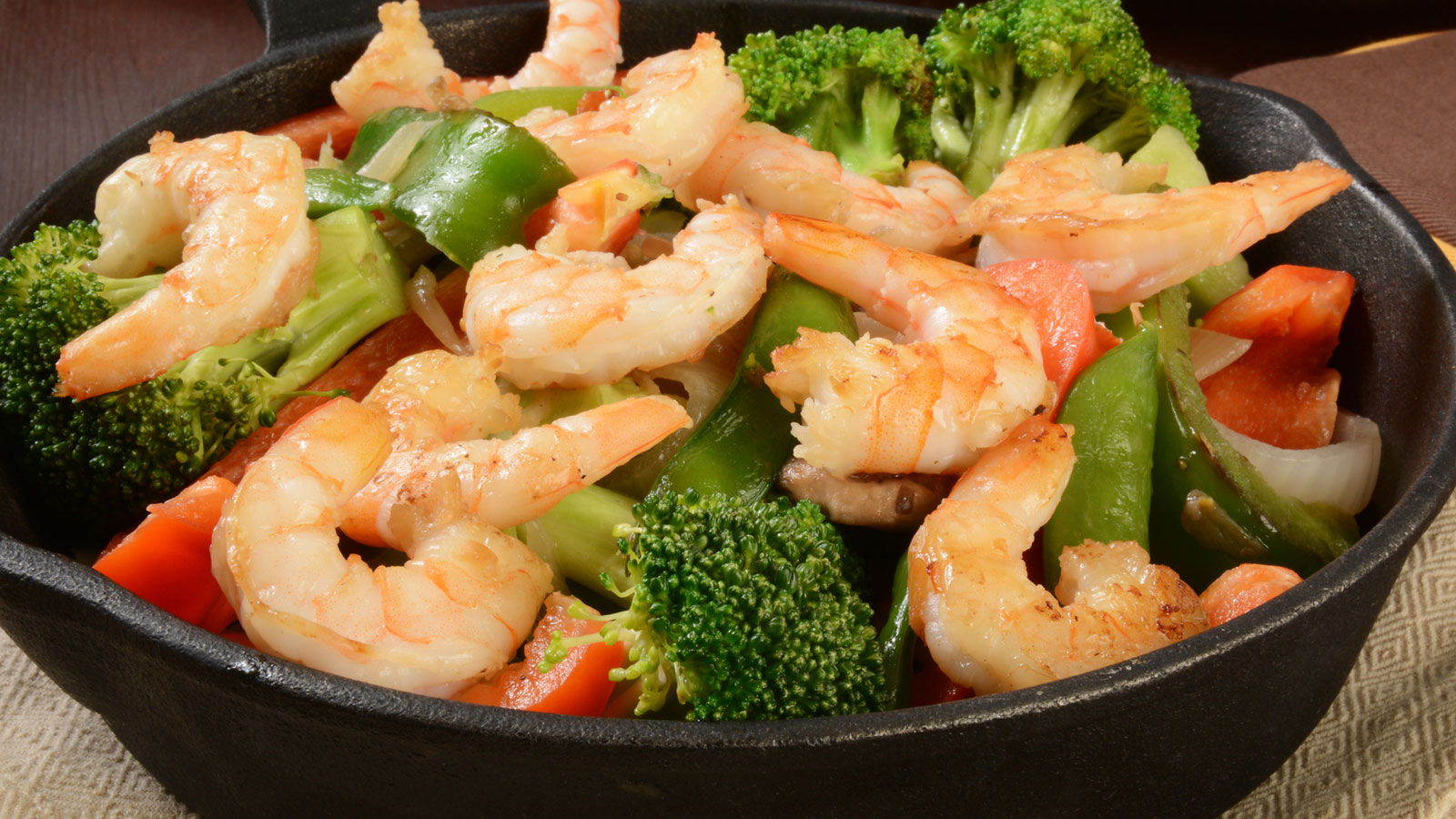
Gut-Health Recipe: Shrimp and Vegetable Stir Fry

Gut-Health Recipe: Berry Yogurt Parfait
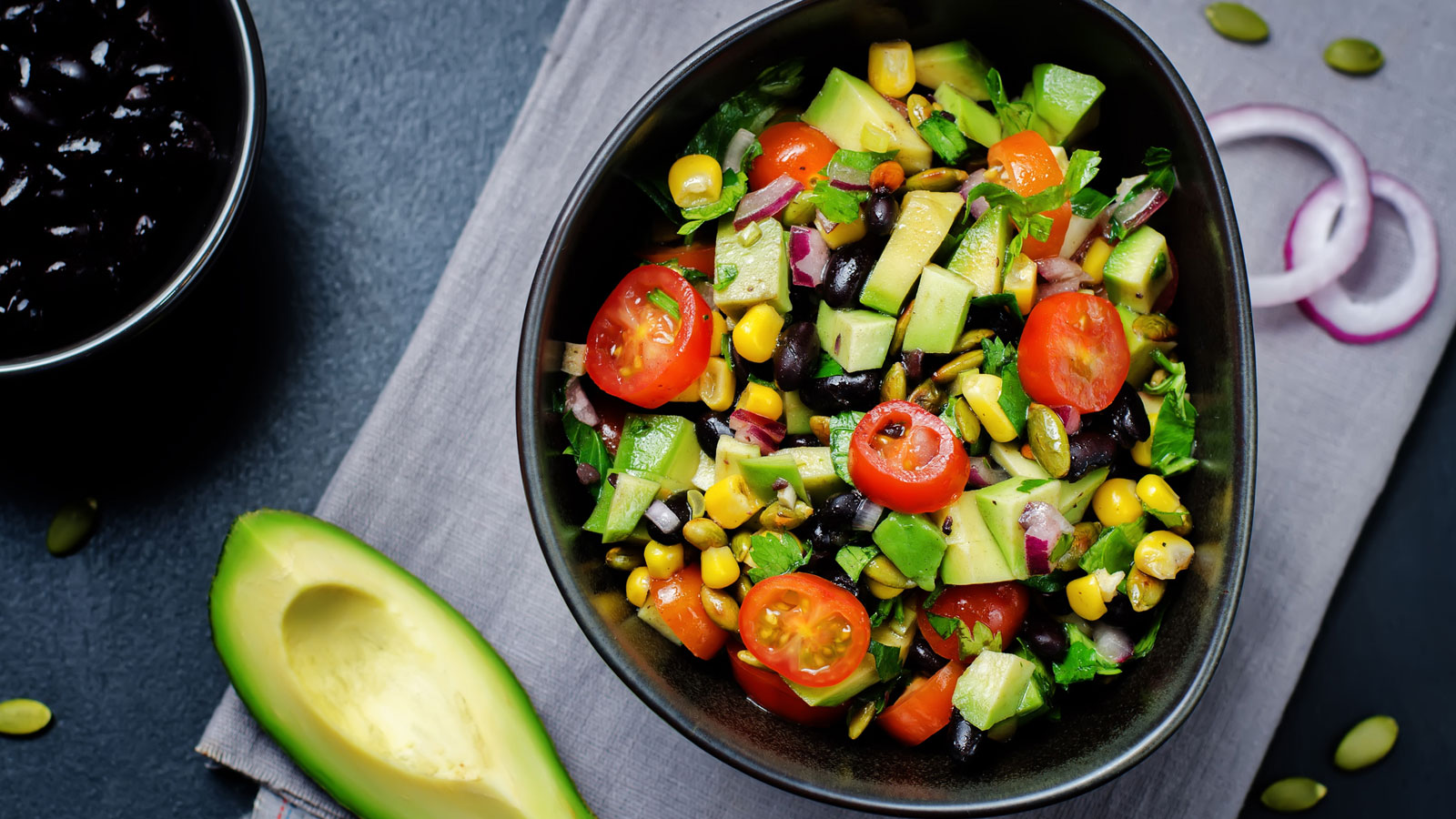
Gut-Health Recipe: Avocado and Black Bean Salad
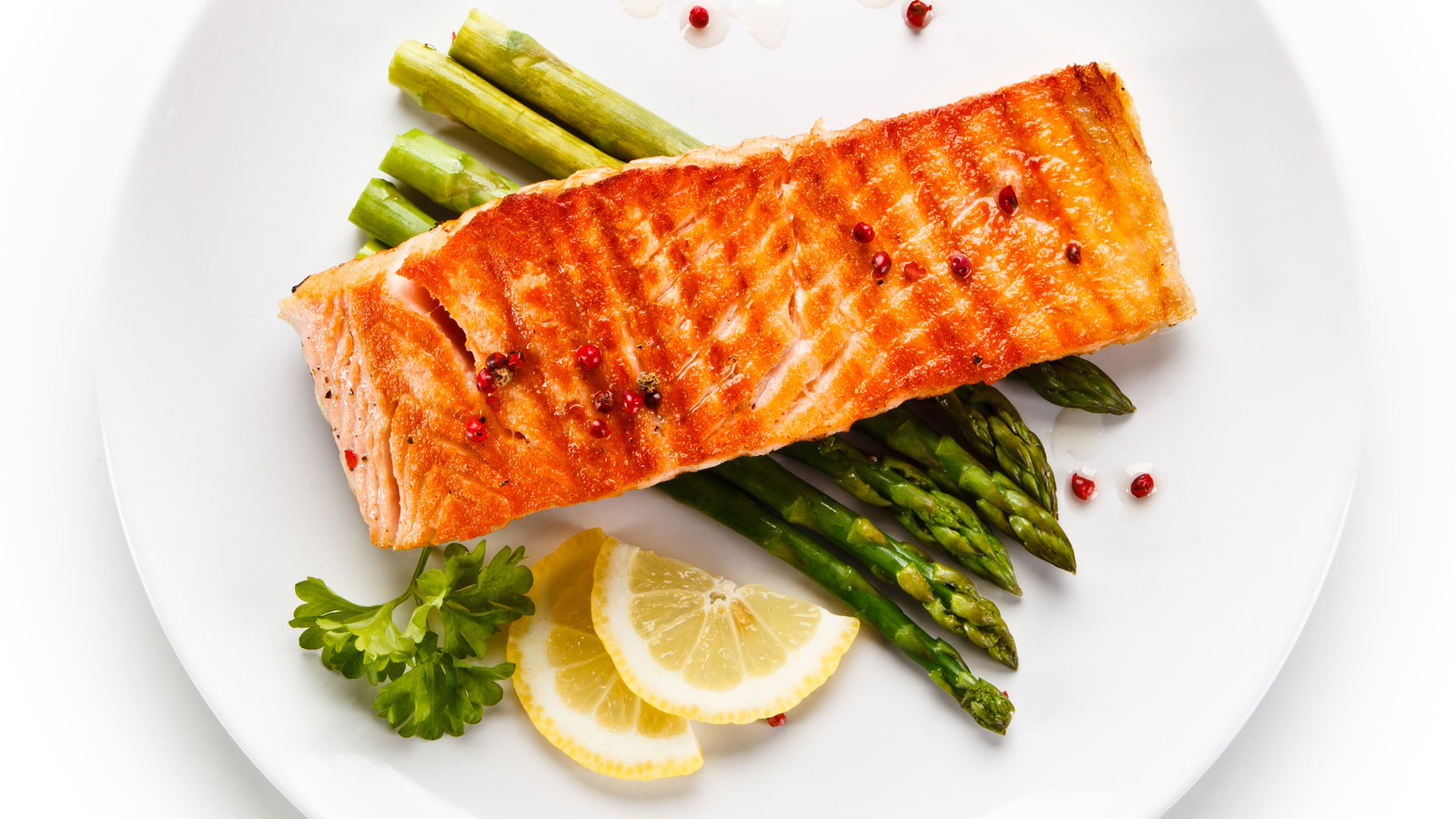
Air Fryer Salmon with Roasted Asparagus

Healthy Gameday Snacks: Buffalo Chicken Dip
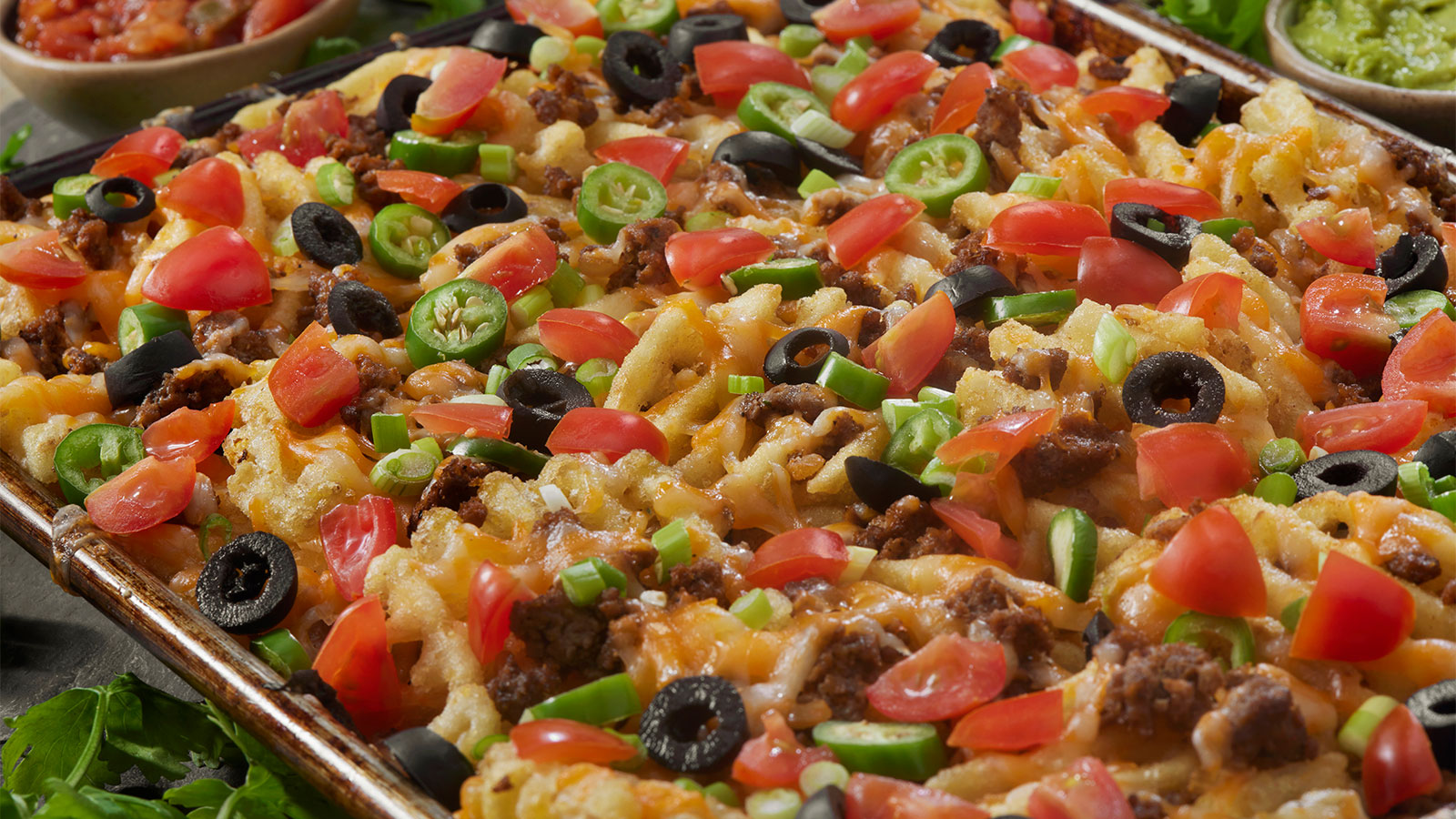
Healthy Gameday Snacks: Sheet Pan Nachos
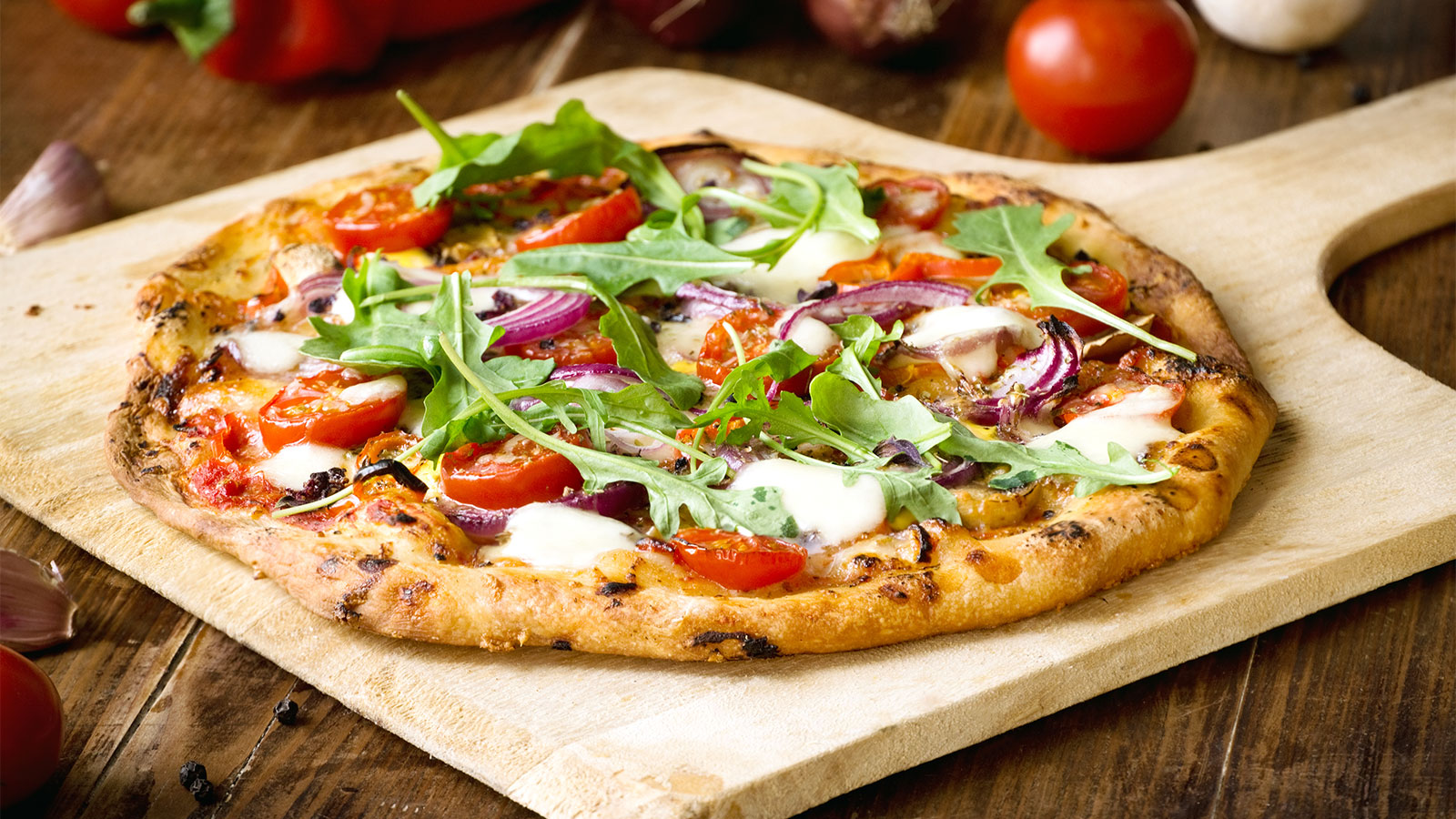
Healthy Gameday Snacks: Healthier Homemade Pizza
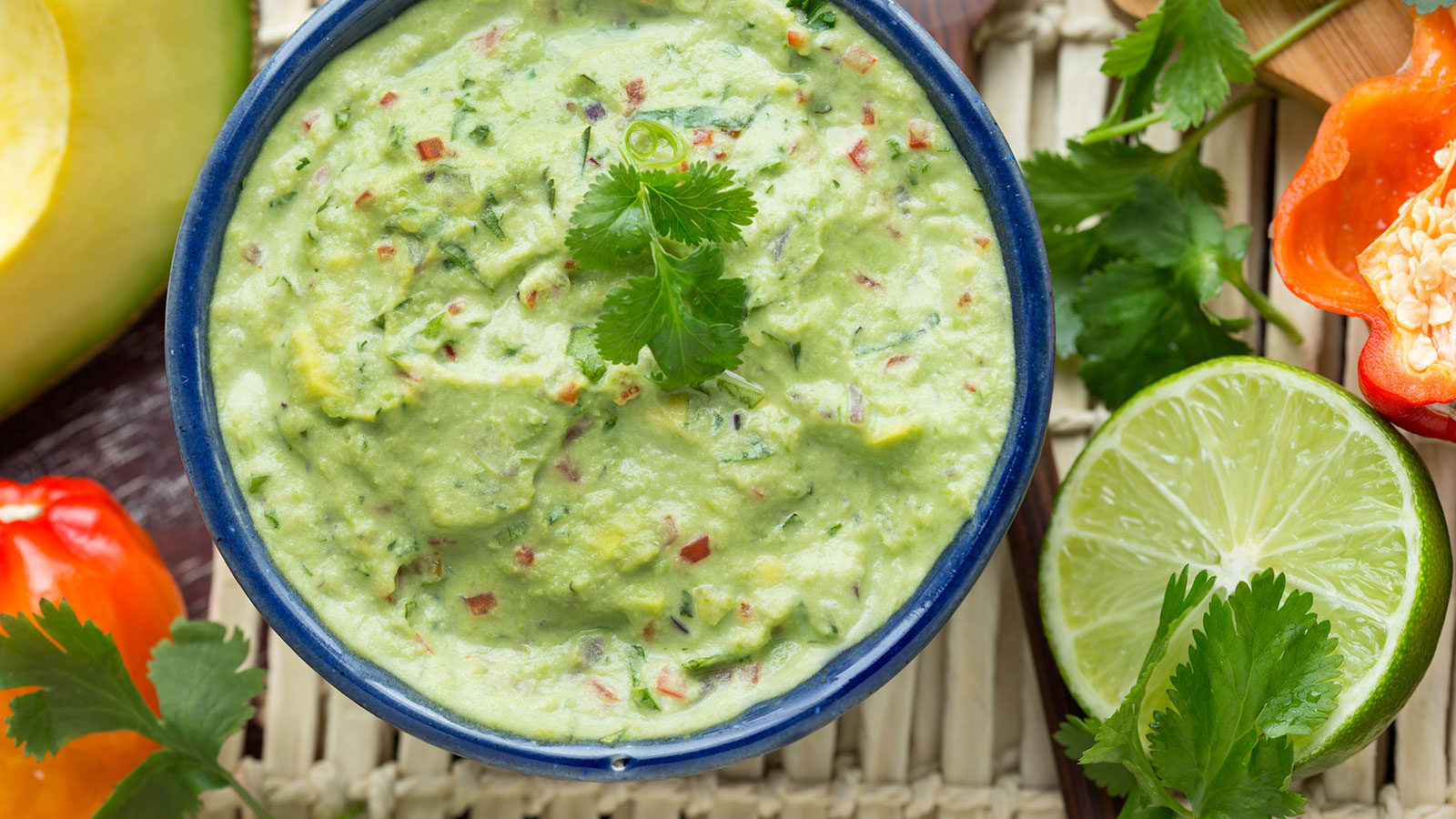
Healthy Gameday Snacks: Healthier Guacamole
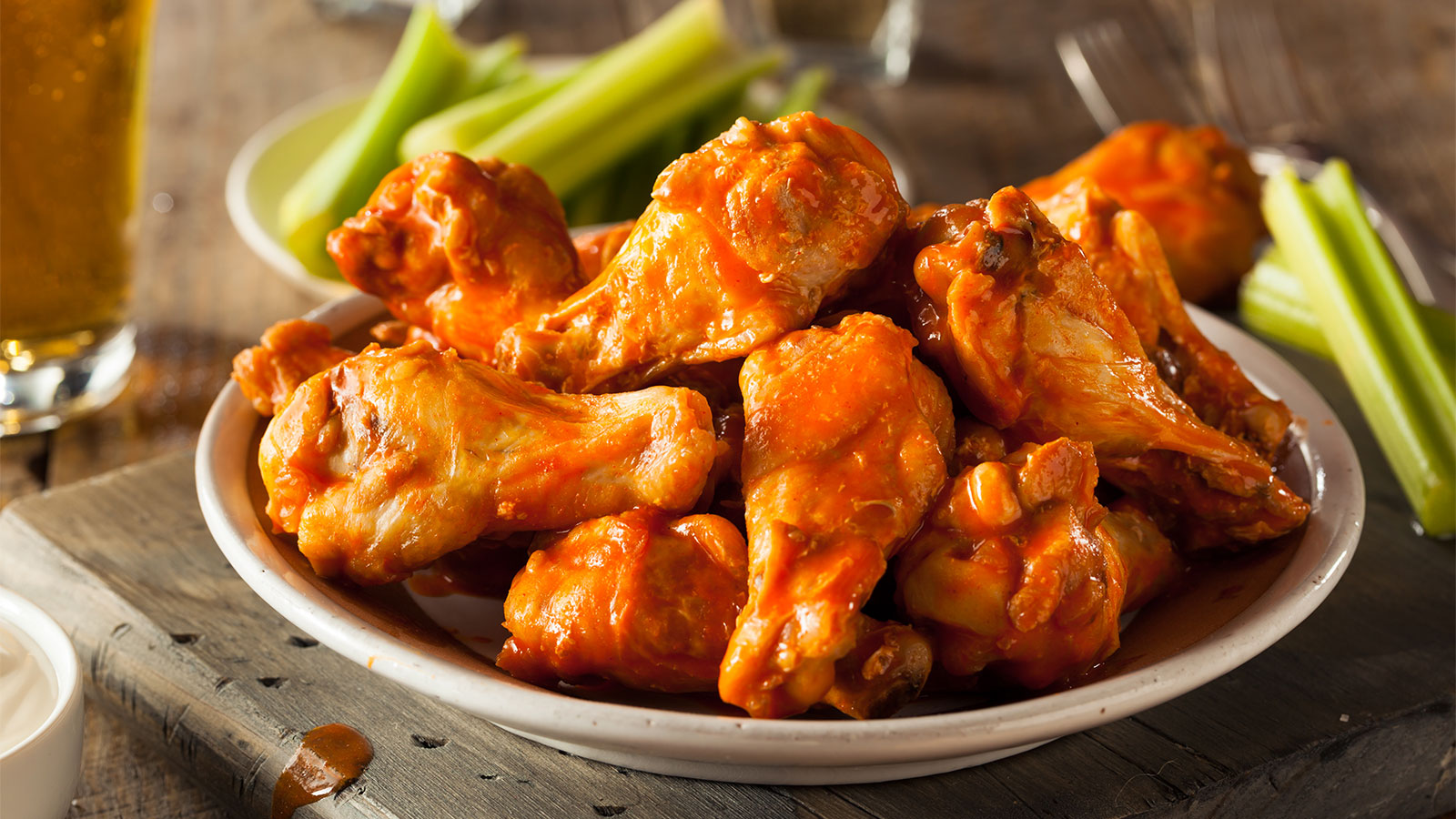
Healthy Gameday Snacks: Air Fryer Buffalo Wings

5 Delicious and Healthy Gameday Snacks

How Sex Keeps You Healthy as You Age

Protect Your Child From HPV and Related Cancers

Why IUDs Might Be The Most Effective Birth Control

5 Things You're Too Embarrassed to Tell Your OBGYN

4 Not-So-Crazy Questions to Ask Your Doctor
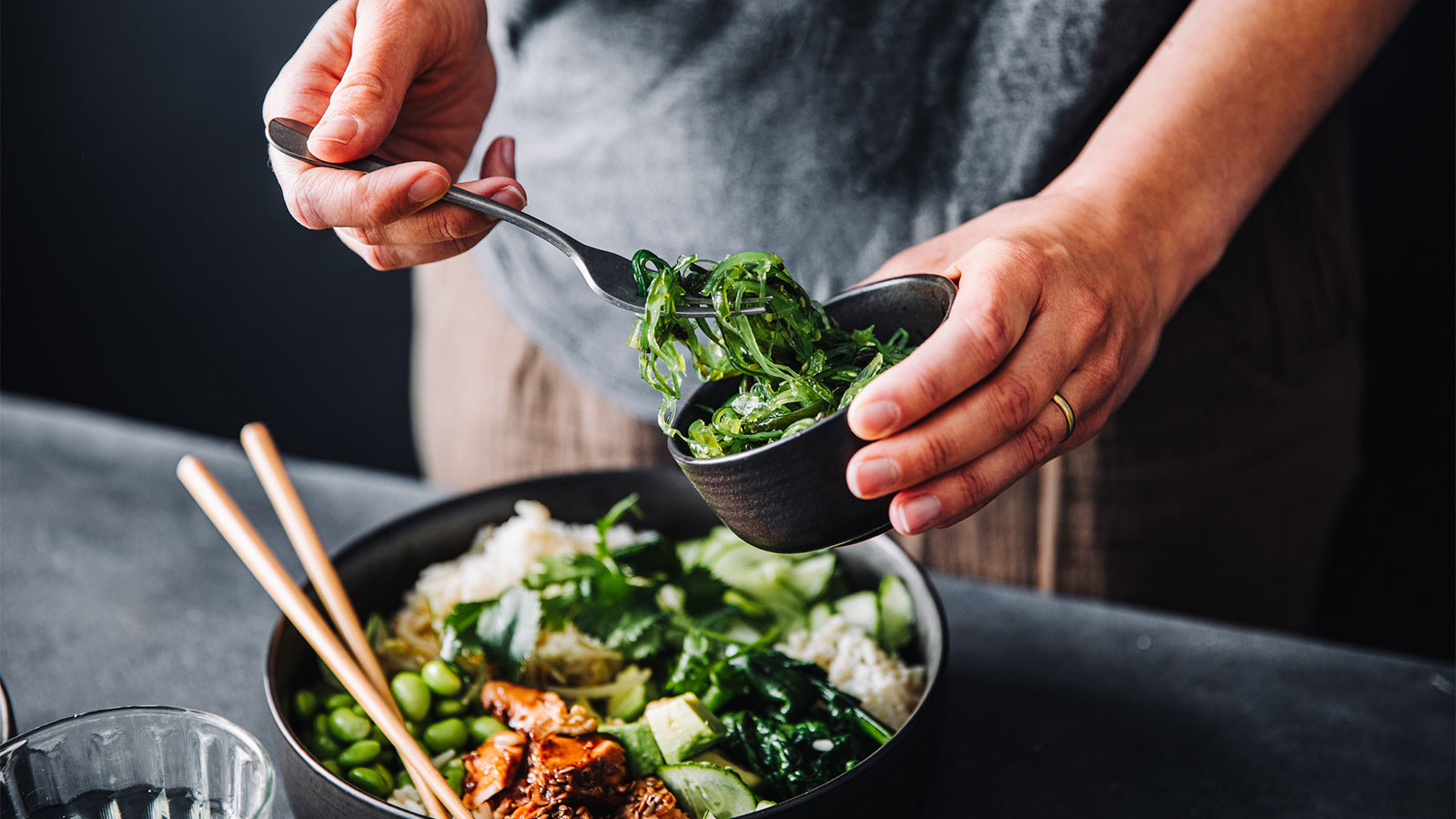
The Top 10 Foods For A Healthy Diabetes Diet

What to Know About Cervical Cancer Screenings
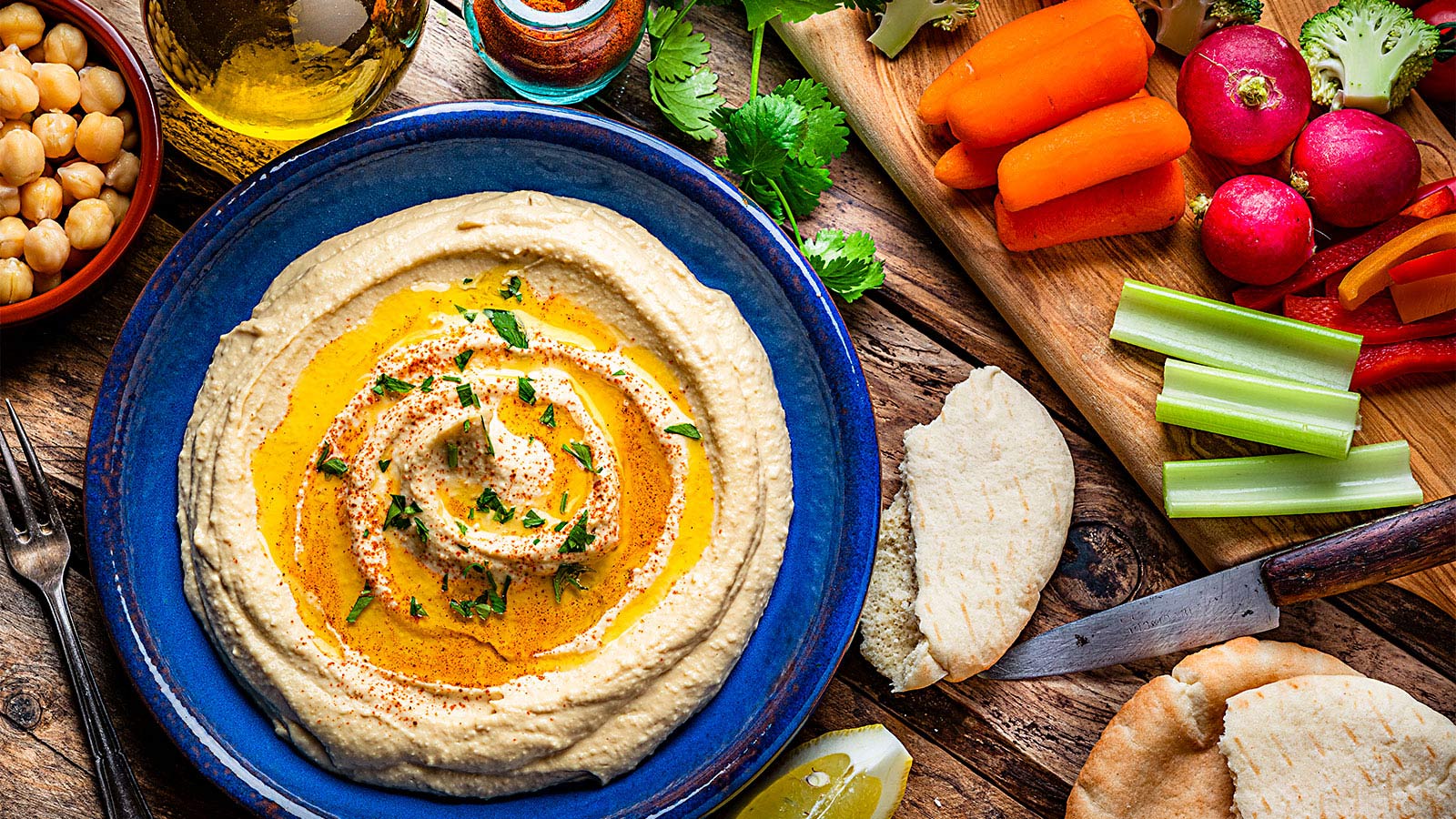
Heart-Healthy Summer Recipe: Hummus and Veggies

4 Delicious Heart-Healthy Recipes Perfect for Summer

Heart Healthy Summer Recipe: Dessert Parfait
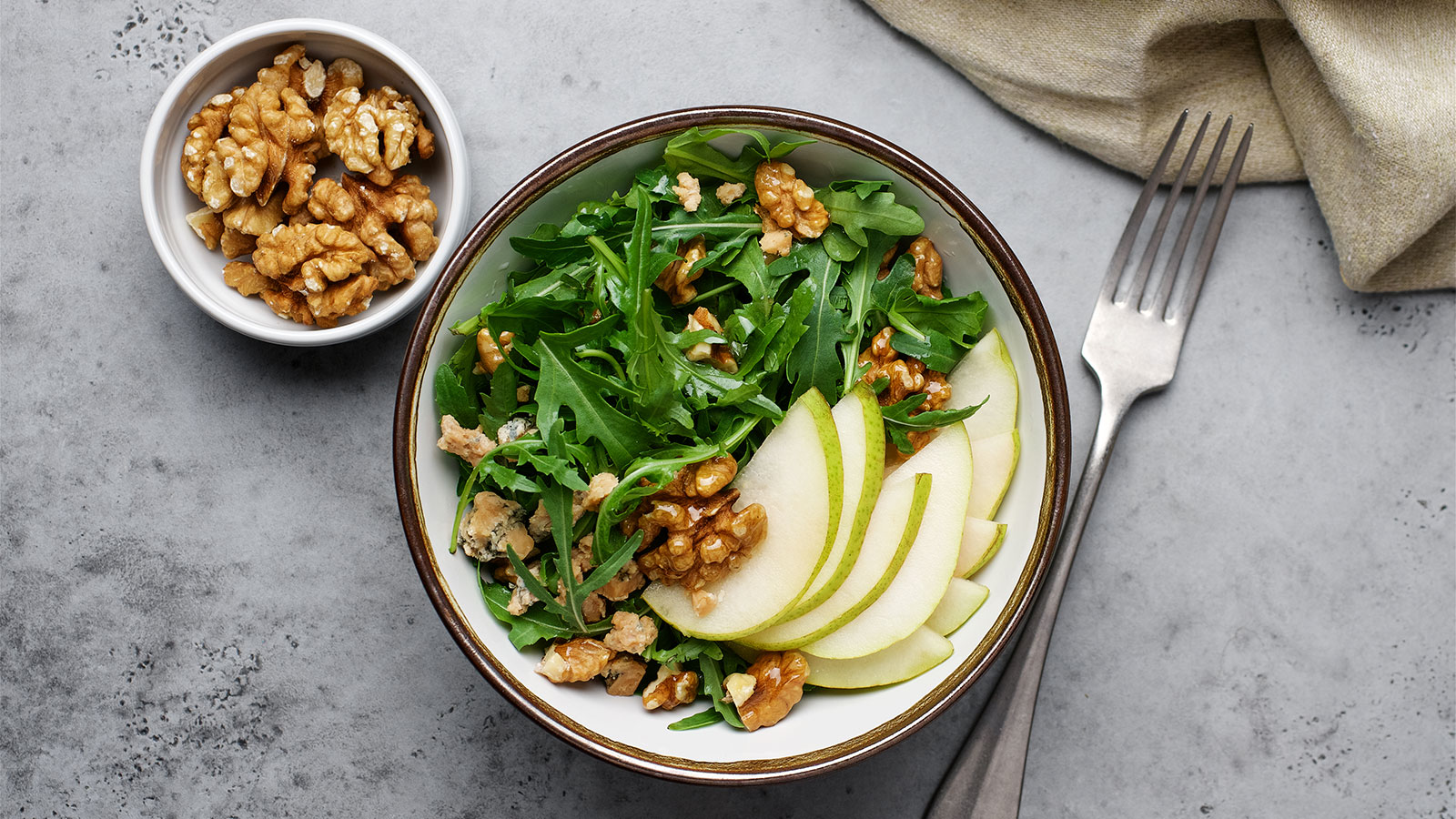
Heart-Healthy Summer Recipe: Pear and Walnut Salad
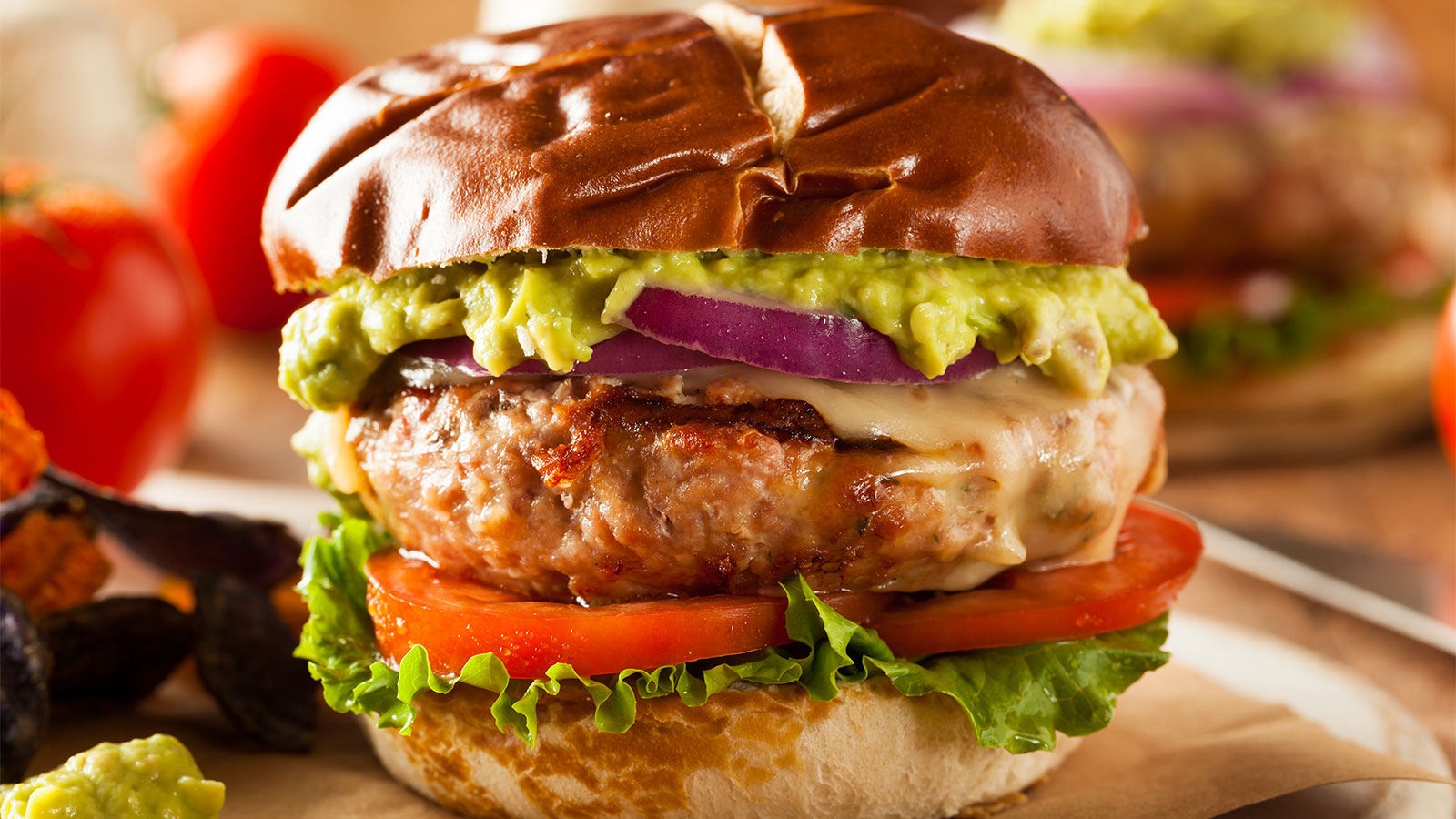
Heart-Healthy Summer Recipe: Terrific Turkey Burgers

Is This the Right Time in Your Life for Bariatric Surgery?

All for Bear: Dan Loses Weight to Be His Son’s Kidney Donor

Forget Dieting: Find Your Eating Pattern

